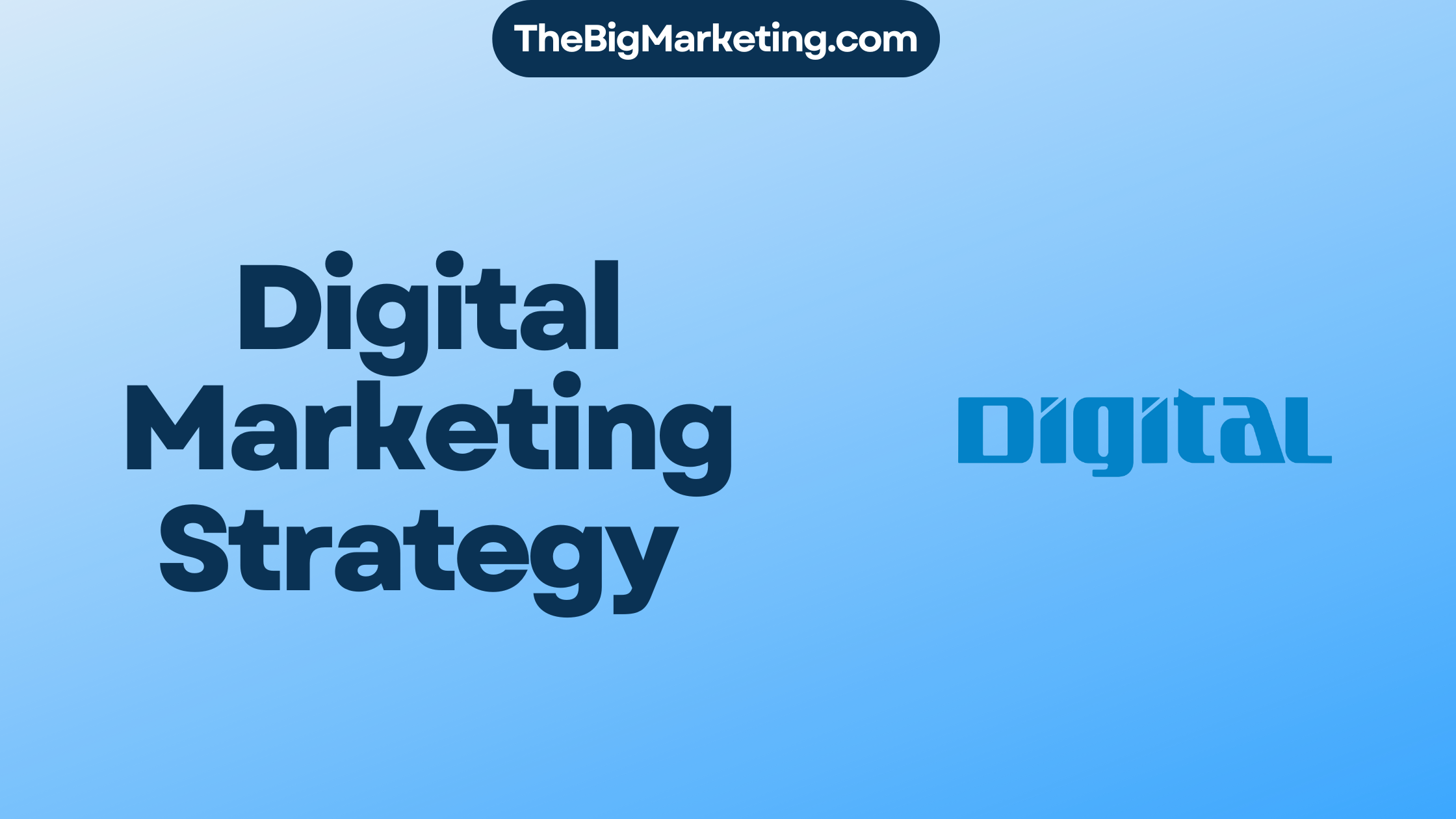HCP marketing is also called healthcare professional marketing. It aims to reach and engage healthcare pros to promote medical stuff. This approach digs deep into what healthcare pros need and like. By doing so, it builds trust, gives valuable help, and creates strong bonds in healthcare.
When marketing to healthcare pros, the messages are tailored to meet their specific issues. The aim is to make your brand the first place they think of for help. This means sharing useful insights, clinical studies, and stuff they like to read about and use in their jobs.
Key Takeaways:
- HCP marketing focuses on engaging healthcare professionals with strategic messaging and valuable resources.
- The goal is to become a trusted resource and go-to brand for HCPs.
- Medical marketing strategies address the specific needs and challenges faced by HCPs.
- Targeted messaging and educational content help establish credibility and foster relationships.
- Understanding the preferences and interests of HCPs is crucial for effective engagement.
Targeting the Ideal Audience for Your Campaigns
To effectively target your ideal audience in HCP marketing, accurate contact lists of healthcare professionals are essential. These lists can be from existing databases or built from the ground up. It’s vital to ensure the contact info is accurate and has opt-in consent. This helps your campaigns reach the right people and follow data privacy laws.
Segmenting your contact list is crucial for effectively targeting healthcare professionals. By dividing your audience into categories based on their communication preferences, interests, and needs, you can craft campaigns that are more likely to succeed. Since healthcare professionals don’t all consume information the same way, it’s important to tailor your messaging.
You can segment based on various criteria like specialty, location, or healthcare facility type. This enables you to design campaigns that directly appeal to specific healthcare professional groups. Personalizing your content for their unique needs helps you become a valuable resource.
Benefits of Contact List Segmentation
- Maximizes campaign effectiveness by reaching the right audience
- Increases engagement and response rates
- Delivers personalized content tailored to specific interests and needs
- Improves ROI by allocating resources efficiently
- Builds stronger relationships with healthcare professionals
Consider this example to understand the significance of targeting and segmentation. A pharmaceutical company launching a diabetes medication would focus on reaching endocrinologists or internal medicine specialists, not dentists or pediatricians. This targeted approach greatly boosts the likelihood of sparking interest and increasing prescriptions.
Example Contact List Segmentation:
| Segment | Preferred Communication Channels | Interests |
|---|---|---|
| Endocrinologists | Email, Webinars | Latest research on diabetes management |
| Family Physicians | Print, Email | Updates on new diabetes medications |
| Pharmacists | Email, Social Media | Drug interactions and side effects |
Segmenting the contact list by specialty and communication preferences allows the company to tailor content. Endocrinologists might prefer webinars on new research, whereas family physicians might like updates via email. Pharmacists could engage more with content shared on social media.
Effective targeting and segmentation are key to successful HCP marketing campaigns. Make sure your campaigns reach the intended audience and cater to their preferences. This leads to better engagement, higher response rates, and success in the healthcare sector.
Creating an Accurate HCP Persona
Understanding your target audience is key in HCP marketing. By creating an accurate HCP persona, you discover what healthcare professionals need and want. This helps you make messages that connect with your audience and boost engagement.
To build an accurate HCP persona, do thorough audience research. Collect both demographic and psychographic data for a full view of your audience. Demographic information covers age, gender, specialty, and location. Psychographic information looks at interests, preferences, and what motivates them.
Using surveys and interviews, you can learn directly from healthcare professionals. Asking the right questions helps you identify their main concerns and needs. This research gives you a closer look at how HCPs think and behave.
Analyzing your data helps find common traits among your target audience. With these insights, you can create HCP personas that guide your targeted messaging.
Targeted messaging means making your content suit different HCP personas. Personalizing messages helps you connect deeply with healthcare professionals and build trust. Your content, whether blogs, webinars, or infographics, should address the challenges and goals of your audience.
Benefits of Creating Accurate HCP Personas
- Improved Engagement: Understand your audience and deliver targeted messages to keep their attention and engage them with your content.
- Higher Conversions: Messaging that hits home with HCPs can prompt them to take actions like subscribing to a newsletter or attending a webinar.
- Enhanced Relevance: Tailored content meets the specific needs of healthcare professionals. This makes them see your resources as valuable and reliable.
- Improved ROI: By focusing your resources and messages better, your marketing efforts become more effective, improving your return on investment.
| Benefits of Creating Accurate HCP Personas | |
|---|---|
| Improved Engagement | By understanding your audience and delivering the right messages, you catch their interest and keep them involved with your content. |
| Higher Conversions | Hitting the right note with HCPs encourages them to take actions like downloading a whitepaper or signing up for a webinar. |
| Enhanced Relevance | Content that fits healthcare professionals’ needs makes them more likely to turn to your resources for information. |
| Improved ROI | Focusing your messaging and resources leads to more effective marketing and a better return on your investment. |
Collecting & Maintaining Your Contact Lists
To do well in HCP market research, having accurate contact lists is key. These lists let pharmaceutical companies effectively connect with their target audience. They can build these lists through several ways, such as:
- Surveys: Pharma companies use surveys to get contact info directly from HCPs. It makes sure the info is correct and up to date.
- Interviews: Interviews with healthcare professionals help get valuable contact info. They also offer insights into their needs and preferences.
- Leveraging existing customer databases: Pharma companies use their customer databases. This way, they get contact info from healthcare professionals who have already interacted with them.
After making a contact list, it’s vital to keep it up to date. The healthcare sector changes quickly. Keeping up with HCPs’ contact info and industry news is essential. Pharma companies must regularly update their contact list. This helps ensure their marketing campaigns reach the right people.
Segmenting the contact list is also important. By dividing the list by demographics, specialty, or location, pharma companies can send targeted messages. This helps make marketing campaigns more effective and likely to get a good response.
| Contact List Collection Methods | Benefits |
|---|---|
| Surveys | Direct and accurate contact information |
| Interviews | Deeper insights and contact information |
| Leveraging existing customer databases | Access to contact information from engaged HCPs |
It’s critical to keep building and updating contact lists for successful HCP marketing. With different methods of collection, staying updated on changes, and segmenting lists, pharma companies can ensure their messages hit the mark. This leads to better engagement and more success in the market.
Choosing Effective Marketing Platforms
Choosing the right marketing platforms is key for reaching healthcare professionals (HCPs). To do this well, knowing what HCPs prefer is important. You also need to research which platforms work best.
Mixing print, digital, email, and social media can make your campaigns stronger. Each one has its own way to connect with HCPs. For example, digital marketing lets you target ads and track results with analytics.
Social media ads are a strong choice for HCP marketing. Platforms like Facebook, Twitter, and LinkedIn have a huge reach. They also let you target your ads and talk directly to HCPs. Adjusting your ads for each platform increases effectiveness.
With digital marketing growing fast, online platforms are a must for success. They let you send emails and share valuable content. This makes your brand a trusted source for HCPs.
It’s important to use data to improve your marketing strategy. Analyzing campaign performance helps you find what works best. Then, you can focus your budget where it counts the most.
Comparison of Marketing Channels
| Marketing Channel | Advantages | Disadvantages |
|---|---|---|
| 1. Tangible presence 2. Targeted distribution 3. Allows for creative designs |
1. Limited reach compared to digital 2. Costly production and distribution 3. No real-time tracking |
|
| Digital | 1. Wide reach 2. Targeted advertising 3. Real-time tracking and analytics |
1. High competition 2. Ad blockers and banner blindness 3. Constantly evolving algorithms |
| 1. Direct communication 2. Personalization options 3. Cost-effective |
1. Inbox overload 2. Possibility of being marked as spam 3. Limited attention span of recipients |
|
| Social Media | 1. Wide reach and targeting capabilities 2. Rich media options 3. Direct engagement with HCPs |
1. Ad fatigue 2. Platform-specific limitations 3. Constantly changing algorithms |
Choosing platforms wisely and using their strengths can make your HCP marketing work well. It’s vital to adjust your content for each platform. Also, stay updated on digital marketing trends.
Best Marketing Channels in the Current Era
Today, digital marketing channels rise as top platforms for talking to healthcare pros. With tech becoming a big part of our lives, drug companies need to follow this trend. It’s key they adjust their marketing to fit this digital age.
1. Email Campaigns
Emails are still a favorite way to talk to healthcare pros. Drug companies can use emails to send custom info right to them. This technique reaches many, yet feels personal.
2. Content Marketing
Content marketing is very important now. Drug companies make useful content to position themselves as leaders for healthcare pros. They share blogs, articles, and more online. This helps teach and connect with their audience.
3. Webinars
Webinars are interactive and pull in healthcare pros well. These are live online events where knowledge is shared. They build pro relations and give out great info.
4. Social Media Advertising
Social media has changed info sharing. Drug companies use platforms like Facebook and LinkedIn to find and talk to healthcare pros. Social media ads reach the right people, increase interest, and bring people to their campaigns.
Personalization is key in these channels. It’s important to match content with what healthcare pros like. This way, drug companies keep them engaged and build lasting bonds.
Using these channels helps drug companies be seen online, talk effectively to healthcare pros, and stay up-to-date with marketing trends. They can navigate the digital world and get great results from their marketing by choosing the right channels.
Video Advertising
Video advertising is now a top way to reach out in HCP marketing. It lets drug companies grab their audience’s attention with eye-catching content. These videos pull in healthcare pros with stunning images, explain tough info, and offer fun tutorials.
Videos are great for showing off products or breaking down complex medical stuff. They mix sound and pictures so HCPs get and remember things better. This makes videos a prime tool for boosting how well HCPs grasp and engage with content.
To really hit home with video ads, making them personal matters a lot. Tailoring videos to fit what each HCP likes makes the message hit closer to home. This approach strengthens bonds with HCPs, making them more likely to interact and respond.
Choosing the right places to share video ads is a big deal. YouTube is perfect for HCP ads due to its wide reach and targeting options. Also, social media sites like Facebook and Instagram are good for connecting with HCPs.
By adding video ads to their toolbox, pharmaceutical firms use powerful visuals to speak to healthcare pros.
The Power of Engaging Visual Content
Visuals grab attention and make a mark. HCPs find visually stunning and smart content more engaging. That’s why video ads are key in getting HCPs to look and listen. The mix of images, sound, and stories in video ads can leave a strong impression on healthcare workers.
Data-driven HCP Targeting to Engage Your Ideal Audience
To make your HCP marketing work, you need to focus on data. Collecting and analyzing data lets you understand what doctors need. It helps you know things like their specialty and how they like to be contacted. This way, you can send them messages that they find useful.
Using data from places like Sermo’s network can make your targeting even better. This network offers up-to-date details on healthcare professionals. With this info, you can make your marketing efforts more effective and impactful.
Combining data with careful audience segmentation, you can craft messages just for certain doctors. This personal touch can draw them closer. It makes a connection, leading to more interest in what you’re offering.
Smart data use also means spending your budget wisely. Focus on doctors who are most likely to respond. Choosing the right channels and strategies boosts your marketing success and brings better results.
Staying ahead in the healthcare market means using data well. As you keep an eye on data and how your campaigns are doing, you can tweak things as needed. This keeps you on top in a constantly changing field.
Now, let’s see data-driven HCP targeting in action with a case study:
A Case Study: Increasing Engagement through Physician Segmentation
A drug company found success by focusing their campaigns on different kinds of doctors. They looked at what kind of medicine the doctors practiced, what medicines they prescribed, and how they liked to learn about new drugs. They ended up with four main groups.
| Segment | Physician Specialty | Preferred Contact Method |
|---|---|---|
| Segment 1 | Cardiologists | |
| Segment 2 | Oncologists | Phone |
| Segment 3 | Pediatricians | In-person Rep Visits |
| Segment 4 | Family Practice Physicians | Webinars |
The strategy worked. Cardiologists liked the email campaigns. Oncologists opted for phone chats. Pediatricians were more responsive to face-to-face talks. And family doctors enjoyed webinars. This approach led to more doctors engaging with the campaigns.
By focusing on what each doctor needs, the company saw better engagement, recognition, and more prescriptions for their drugs.
Remember, data is key for reaching your ideal doctor audience. Tailoring your approach based on detailed data means you’ll connect better and see more success in your marketing.
Conclusion
HCP marketing strategies are key for success in healthcare. They focus on reaching the right audience, creating accurate personas, and choosing effective marketing platforms. Using data-driven targeting helps connect with the audience deeply.
Knowing what healthcare professionals want is crucial. Creating personalized content that speaks to them is essential. This content can be shared through digital marketing, social media, and video ads.
With smart HCP marketing, pharmaceutical companies can truly make an impact. This leads to better brand recognition and trust among healthcare pros. Ultimately, it helps achieve their marketing goals.



